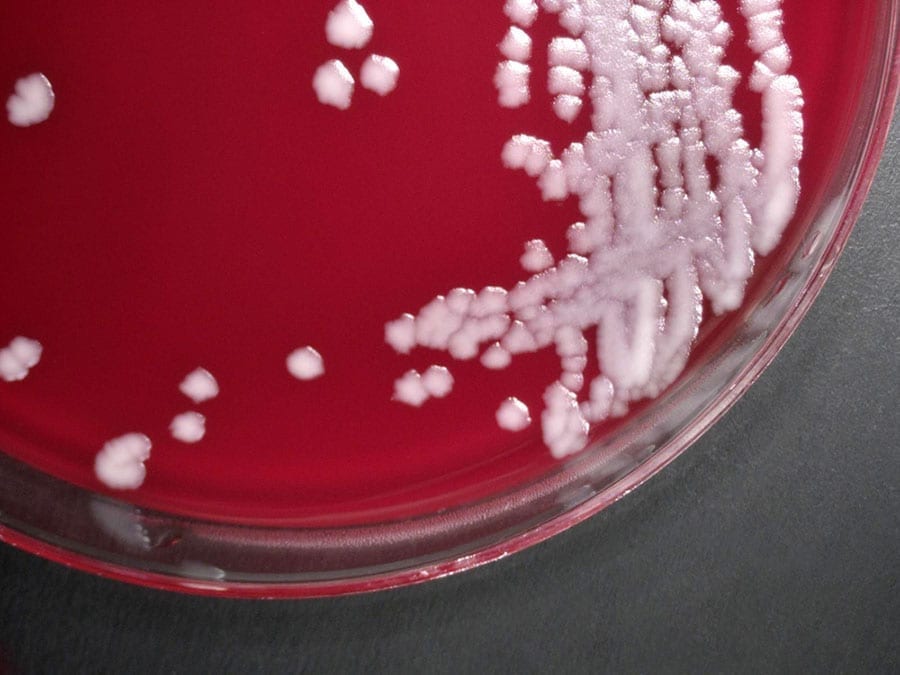As many as 75 staffers at the U.S. Centers for Disease Control and Prevention (CDC) main campus in Atlanta may have been exposed to live bacillus anthracis (anthrax), because safety procedures to inactivate the strain weren’t followed properly, the agency said Thursday.
CDC is taking “aggressive steps” to protect the health of all involved, including providing protective courses of antibiotics for potentially exposed staff.
“Based on most of the potential exposure scenarios, the risk of infection is very low,” states the CDC in a press release. “Based on the review to date, CDC believes that other CDC staff, family members, and the general public are not at risk of exposure and do not need to take any protective action.”
Early reports indicate that one of the CDC Roybal campus biosafety level 3 (BSL3) labs was preparing B. anthracis samples for research in other CDC labs at lower biosafety levels to yield new means of detecting dangerous pathogens in environmental samples. However, the lab used a procedure that did not adequately inactivate the samples.
The potentially infectious samples were moved and used for experimentation in three CDC Roybal campus laboratories not certified to handle live B. anthracis. Workers, believing the samples were inactivated, were not wearing adequate personal protective equipment while handling the material, the agency said.
The unintentional exposures were discovered last Friday, June 13, the CDC said, when the original bacterial plates were gathered for disposal and B. anthracis colonies were found on the plates. These plates had appeared negative for B. anthracis at the time samples were distributed to the other CDC laboratories. The workers handling the plates were immediately notified.
According to Paul J. Meechan, the agency’s director of health and safety, scientists were testing a new method to inactivate the bacteria with chemicals instead of radiation. While radiation is the traditional method to achieve inactivation, not all state and local labs have the expensive irradiation equipment. A verified chemical inactivation protocol would be beneficial to labs around the country at the state and local level when dealing with unknown powders or other substances potentially containing anthrax.
Investigators also determined that, sometime between June 6 and June 13, procedures used in two of the three labs may have aerosolized the spores. Environmental sampling was done, lab and hallway areas were decontaminated and laboratories will be re-opened when safe to operate, states the agency.
Since validated procedures were not used by the lab, the CDC stated that disciplinary actions will be taken as necessary and the safety protocols will be reviewed again with all employees who work in this area.
Read more coverage of the anthrax incident here:


